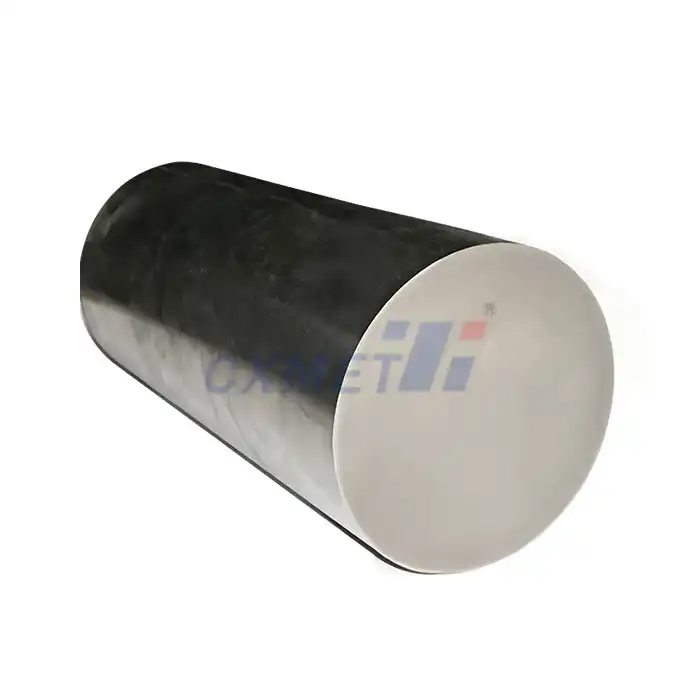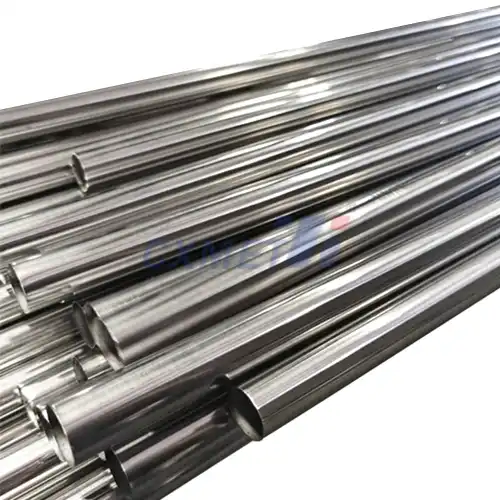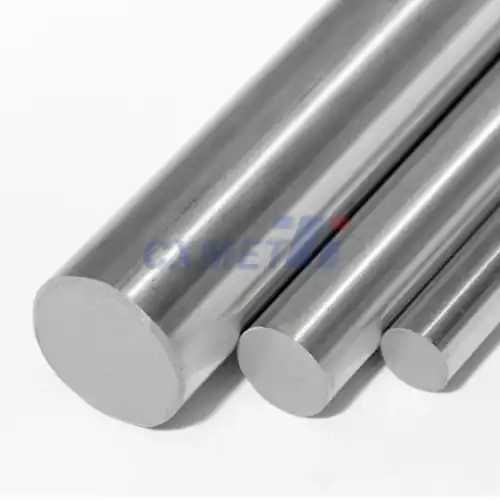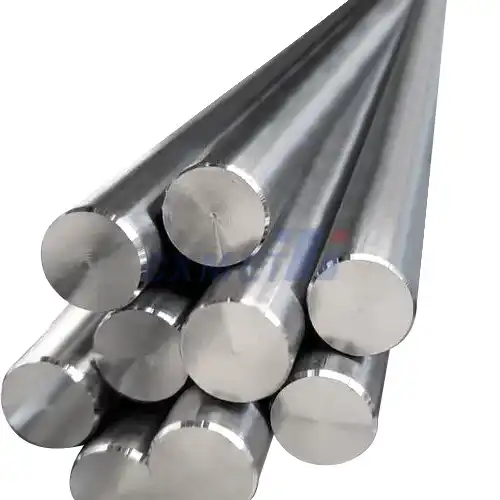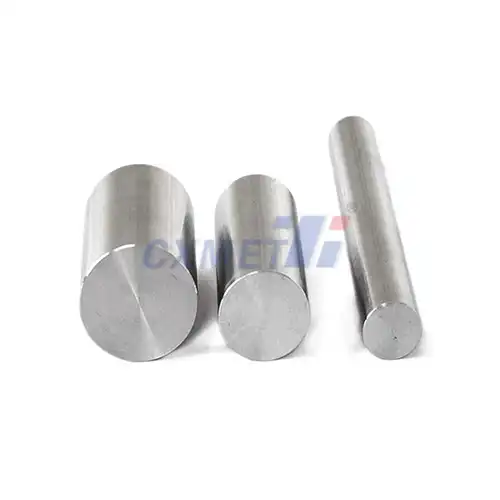- English
- French
- German
- Portuguese
- Spanish
- Russian
- Japanese
- Korean
- Arabic
- Greek
- German
- Turkish
- Italian
- Danish
- Romanian
- Indonesian
- Czech
- Afrikaans
- Swedish
- Polish
- Basque
- Catalan
- Esperanto
- Hindi
- Lao
- Albanian
- Amharic
- Armenian
- Azerbaijani
- Belarusian
- Bengali
- Bosnian
- Bulgarian
- Cebuano
- Chichewa
- Corsican
- Croatian
- Dutch
- Estonian
- Filipino
- Finnish
- Frisian
- Galician
- Georgian
- Gujarati
- Haitian
- Hausa
- Hawaiian
- Hebrew
- Hmong
- Hungarian
- Icelandic
- Igbo
- Javanese
- Kannada
- Kazakh
- Khmer
- Kurdish
- Kyrgyz
- Latin
- Latvian
- Lithuanian
- Luxembou..
- Macedonian
- Malagasy
- Malay
- Malayalam
- Maltese
- Maori
- Marathi
- Mongolian
- Burmese
- Nepali
- Norwegian
- Pashto
- Persian
- Punjabi
- Serbian
- Sesotho
- Sinhala
- Slovak
- Slovenian
- Somali
- Samoan
- Scots Gaelic
- Shona
- Sindhi
- Sundanese
- Swahili
- Tajik
- Tamil
- Telugu
- Thai
- Ukrainian
- Urdu
- Uzbek
- Vietnamese
- Welsh
- Xhosa
- Yiddish
- Yoruba
- Zulu
Can You Use A Pure Tungsten Electrode For All Welding Applications?
2025-07-21 17:06:20
Tungsten electrodes are a crucial component in various welding processes, particularly in TIG (Tungsten Inert Gas) welding. While pure tungsten electrodes have their place in the welding industry, it's essential to understand that they may not be suitable for all welding applications. The choice of electrode depends on several factors, including the type of metal being welded, the welding current, and the desired outcome. In this blog post, we'll explore the uses and limitations of pure tungsten electrodes and discuss alternative options for different welding scenarios.
|
|
|
What are the advantages of using pure tungsten electrodes in welding?
Pure tungsten electrodes, often referred to as EWP (Extra-ground pure tungsten), offer several advantages in specific welding applications. These electrodes are composed of 99.5% tungsten, making them ideal for certain welding tasks. Let's delve into the benefits of using pure tungsten electrodes:
- Excellent arc stability: Pure tungsten electrodes provide exceptional arc stability, especially when working with AC (Alternating Current) welding. This stability is crucial for maintaining a consistent weld pool and achieving high-quality results.
- Low contamination risk: Due to their high purity, these electrodes have a lower risk of contaminating the weld pool. This is particularly important when working with reactive metals such as aluminum or magnesium.
- Good electron emission: Pure tungsten electrodes offer efficient electron emission, which is essential for initiating and maintaining a stable arc. This property makes them suitable for low-amperage welding tasks.
- Cost-effective for certain applications: In some cases, pure tungsten electrodes can be more cost-effective than their alloyed counterparts, especially for welding operations that don't require high current capacity.
- Versatility in AC welding: Pure tungsten electrodes perform exceptionally well in AC welding applications, making them a popular choice for welding aluminum and its alloys.
While these advantages make pure tungsten electrodes suitable for specific welding tasks, it's important to note that they also have limitations. Pure tungsten electrodes tend to have a lower current-carrying capacity compared to alloyed electrodes, which can limit their effectiveness in high-amperage welding applications. Additionally, they may not perform as well in DC (Direct Current) welding scenarios, particularly when welding steel or stainless steel.
To maximize the benefits of pure tungsten electrodes, welders should consider the specific requirements of their project, including the type of metal being welded, the welding current, and the desired outcome. In many cases, a thorough understanding of the electrode's properties and limitations can help achieve optimal welding results.
How do thoriated tungsten electrodes compare to pure tungsten electrodes?
Thoriated tungsten electrodes, which contain a small percentage of thorium oxide (usually 1-2%), offer distinct advantages over pure tungsten electrodes in certain welding applications. Understanding the differences between these two types of electrodes is crucial for selecting the right one for your welding project. Let's compare thoriated tungsten electrodes to pure tungsten electrodes:
- Current-carrying capacity: Thoriated tungsten electrodes generally have a higher current-carrying capacity than pure tungsten electrodes. This makes them more suitable for high-amperage welding tasks and allows for longer electrode life in demanding applications.
- Arc starting and stability: While pure tungsten electrodes offer good arc stability, thoriated tungsten electrodes often provide even better arc starting characteristics and maintain excellent stability throughout the welding process. This can result in smoother welds and reduced operator fatigue.
- Electron emission: The addition of thorium oxide enhances the electron emission properties of the electrode. This improved emission leads to easier arc ignition and better overall performance, particularly in DC welding applications.
- Electrode longevity: Thoriated tungsten electrodes typically have a longer lifespan than pure tungsten electrodes, especially when used in high-amperage welding. This can lead to cost savings over time, as fewer electrode replacements are required.
- Versatility: Thoriated tungsten electrodes are more versatile than pure tungsten electrodes, performing well in both AC and DC welding applications. This makes them a popular choice for welding a wide range of materials, including steel, stainless steel, and nickel alloys.
Despite these advantages, it's important to note that thoriated tungsten electrodes come with some considerations:
- Safety concerns: Thorium is a radioactive material, and while the risk of radiation exposure during normal welding operations is minimal, proper handling and disposal procedures should be followed to ensure safety.
- Regulatory restrictions: Some regions have restrictions on the use of thoriated tungsten electrodes due to their radioactive content. It's essential to check local regulations before using these electrodes.
- Cost: Thoriated tungsten electrodes are generally more expensive than pure tungsten electrodes, although their longer lifespan can offset this cost difference in many applications.
When deciding between pure tungsten and thoriated tungsten electrodes, consider the specific requirements of your welding project. Pure tungsten electrodes may be preferable for low-amperage AC welding of aluminum and magnesium, while thoriated tungsten electrodes excel in high-amperage DC welding of steel and other materials. Always prioritize safety and follow manufacturer recommendations when selecting and using welding electrodes.
What are the best practices for maintaining and sharpening tungsten electrodes?
Proper maintenance and sharpening of tungsten electrodes are crucial for achieving optimal welding results and extending the life of your electrodes. Whether you're using pure tungsten or alloyed electrodes, following best practices can significantly improve your welding performance. Here are some essential tips for maintaining and sharpening tungsten electrodes:
- Proper grinding technique:
- Always grind tungsten electrodes lengthwise, not circumferentially. This ensures that the grain structure of the electrode runs parallel to the length, promoting better arc stability and electron flow.
- Use a dedicated tungsten grinder or a fine-grit diamond wheel for sharpening. Avoid using standard bench grinders, as they may contaminate the electrode.
- Maintain a consistent angle when grinding. For most applications, a 20-30 degree included angle is suitable, but consult your welding procedure for specific recommendations.
- Cleanliness:
- Keep your tungsten electrodes clean and free from contamination. Avoid touching the tip with your bare hands, as oils from your skin can affect welding performance.
- If the electrode becomes contaminated during welding, stop immediately and re-grind the tip to remove any impurities.
- Store tungsten electrodes in a clean, dry place to prevent contamination when not in use.
- Proper electrode selection:
- Choose the appropriate electrode type and diameter for your specific welding application. This ensures optimal performance and reduces the need for frequent resharpening.
- Consider factors such as the base metal, welding current, and desired weld characteristics when selecting an electrode.
- Regular inspection:
- Inspect your tungsten electrodes regularly for signs of wear, contamination, or damage.
- Replace electrodes that show significant wear or have become too short to use safely.
- Proper arc starting technique:
- Use the correct arc starting method for your welding application to minimize electrode wear and contamination.
- For lift-arc starting, gently touch the electrode to the workpiece and lift it to initiate the arc. This method reduces the risk of contamination compared to scratch starting.
- Correct electrode stick-out:
- Maintain the proper electrode stick-out (the length of electrode extending from the collet) as recommended for your specific welding task.
- Incorrect stick-out can lead to poor arc stability and increased electrode wear.
- Cooling and storage:
- Allow electrodes to cool naturally after welding before storing them.
- Store tungsten electrodes in a protective tube or container to prevent damage and contamination.
By following these best practices, you can significantly extend the life of your tungsten electrodes and improve the quality of your welds. Remember that different electrode types may have specific maintenance requirements, so always consult the manufacturer's recommendations for the best results.
In conclusion, while pure tungsten electrodes have their place in welding applications, they are not suitable for all scenarios. Understanding the advantages and limitations of different electrode types, as well as proper maintenance techniques, is essential for achieving optimal welding results. By selecting the right electrode for your specific needs and following best practices for maintenance and sharpening, you can improve your welding efficiency, quality, and overall productivity.
At SHAANXI CXMET TECHNOLOGY CO., LTD, we take pride in our extensive product range, which caters to diverse customer needs. Our company is equipped with outstanding production and processing capabilities, ensuring the high quality and precision of our products. We are committed to innovation and continuously strive to develop new products, keeping us at the forefront of our industry. With leading technological development capabilities, we are able to adapt and evolve in a rapidly changing market. Furthermore, we offer customized solutions to meet the specific requirements of our clients. If you are interested in our products or wish to learn more about the intricate details of our offerings, please do not hesitate to contact us at sales@cxmet.com. Our team is always ready to assist you.
References:
- American Welding Society. (2021). Tungsten Electrodes for Gas Tungsten Arc Welding (GTAW).
- Miller Electric Mfg. Co. (2020). Tungsten Electrode Guide.
- Lincoln Electric. (2019). GTAW Electrodes Technical Data.
- Fronius International GmbH. (2018). TIG Welding Electrode Guide.
- The Welding Institute. (2021). Tungsten Electrodes for TIG/GTAW Welding.
- ESAB. (2020). Understanding Tungsten Electrodes.
- Weld.com. (2021). Tungsten Electrode Selection and Preparation Guide.
- Victor Technologies. (2019). Tungsten Electrode Reference Guide.
- CK Worldwide. (2020). Tungsten Electrode Guidebook.
- Welding Answers. (2021). Tungsten Electrode Types and Their Applications.


